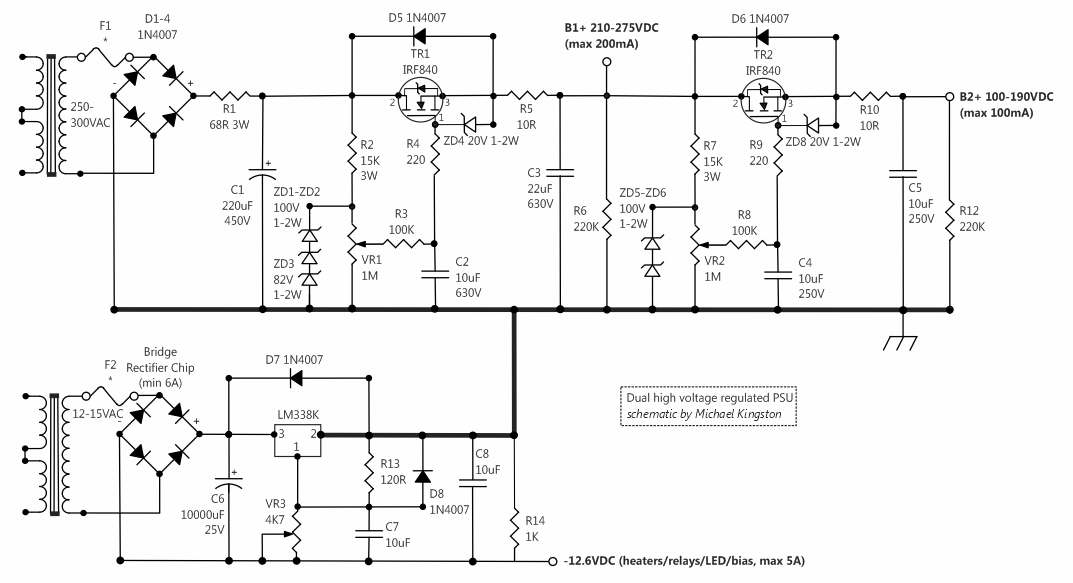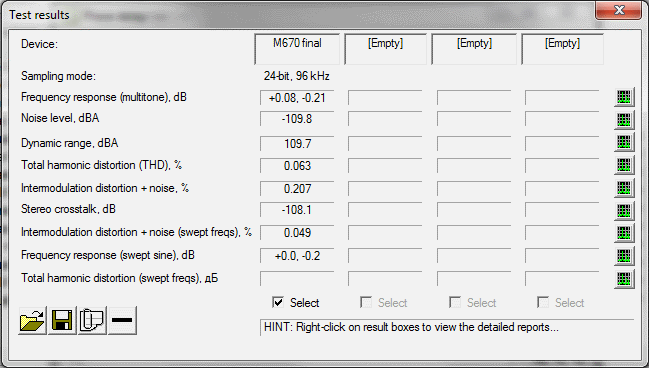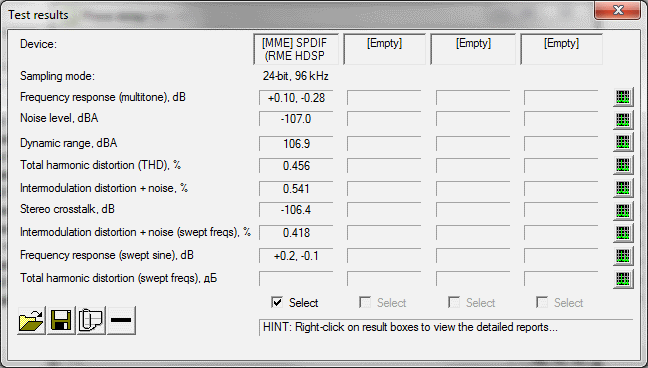Kingston
Well-known member
Parts of this project may be familiar, since it's based on the infamously unreliable and unstable PM670. There has been oscillations, lots of distortion and as many dead power supplies as there have been builders. The foundation is decent, but it seems no one ever took the time to walk through the issues. Everyone just settled for a stomp box that weighs significantly more than a boat anchor. And not even a single person ever measured the specs! Sometimes the people on this forum baffle me. Not all "color" is good. And no, tubes are not supposed to distort any more than solid state! If they do, the design sucks or it is a guitar amp.
Scrap the non-working parts, remove areas of unreliability. Simplify where possible, use parts that are available everywhere. What's most important, everything is rigorously tested and measured.
M670 compressor.

Things to note.
None of the transformers need center taps. Lots of substitution choice.
No one likes making 21-step rotary switches and no one should when there are easier and more reliable choices.
Plate configuration may look similar to UA177/176, but it's not. The cap makes all the difference.
V1 and V2 tubes need to be matched, but it's not essential for decent performance.

This PSU easily powers two channels and greatly simplifies wiring. Parts count is low and safety is good. Only two electrolytic caps in the whole project! Live long and prosper. Less explosions and very long term reliability. I know there's at least one other person in the whole world who appreciates these kinds of choices.

RME HDSP AD/DA input and output set to 0 dBFS (+13 dBu).
This can be expected from a successful build, lots of headroom and very low distortion. Frequency response is +-0.25dB at 10hz-40khz by the way, in case one needs to master dog or dolphin music. This measurement was with B+ at 150VDC. THD and IMD is about one quarter lower with 200VDC. Implementing a switch between these two is a good idea since compression performance and sound is different between the two.
The way I implemented this project was a combination of hand-knitted veroboards and hacksawed PM660 PCB's. I don't recommend this. This limited some choices, like bigger alterations of sidechain which can be optimised with use of ECC99/6N6P tubes. Scamp sidechain booster works great with this. I will post a tube matching rig with an easy to use excel curve matcher later.
I'm in the early stages of learning Kicad because I want to use at least this PSU as a generic lab PSU. There might be some PCB's in the future.
Scrap the non-working parts, remove areas of unreliability. Simplify where possible, use parts that are available everywhere. What's most important, everything is rigorously tested and measured.
M670 compressor.

Things to note.
None of the transformers need center taps. Lots of substitution choice.
No one likes making 21-step rotary switches and no one should when there are easier and more reliable choices.
Plate configuration may look similar to UA177/176, but it's not. The cap makes all the difference.
V1 and V2 tubes need to be matched, but it's not essential for decent performance.

This PSU easily powers two channels and greatly simplifies wiring. Parts count is low and safety is good. Only two electrolytic caps in the whole project! Live long and prosper. Less explosions and very long term reliability. I know there's at least one other person in the whole world who appreciates these kinds of choices.

RME HDSP AD/DA input and output set to 0 dBFS (+13 dBu).
This can be expected from a successful build, lots of headroom and very low distortion. Frequency response is +-0.25dB at 10hz-40khz by the way, in case one needs to master dog or dolphin music. This measurement was with B+ at 150VDC. THD and IMD is about one quarter lower with 200VDC. Implementing a switch between these two is a good idea since compression performance and sound is different between the two.
The way I implemented this project was a combination of hand-knitted veroboards and hacksawed PM660 PCB's. I don't recommend this. This limited some choices, like bigger alterations of sidechain which can be optimised with use of ECC99/6N6P tubes. Scamp sidechain booster works great with this. I will post a tube matching rig with an easy to use excel curve matcher later.
I'm in the early stages of learning Kicad because I want to use at least this PSU as a generic lab PSU. There might be some PCB's in the future.










![Electronics Soldering Iron Kit, [Upgraded] Soldering Iron 110V 90W LCD Digital Portable Soldering Kit 180-480℃(356-896℉), Welding Tool with ON/OFF Switch, Auto-sleep, Thermostatic Design](https://m.media-amazon.com/images/I/41gRDnlyfJS._SL500_.jpg)



